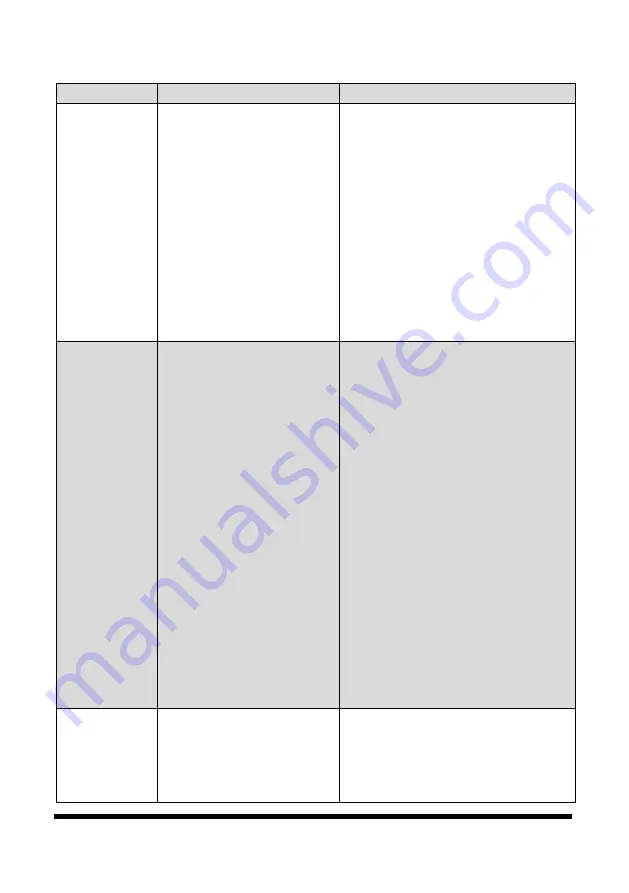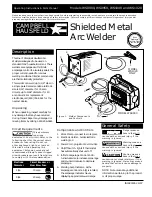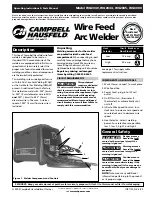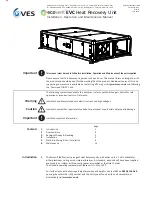
8785115
200A Multi-Process Welder with LCD Display
V4.0
46
For technical questions call 1-800-665-8685
Problem(s)
Possible Cause(s)
Suggested Solution(s)
Excessive
Spatter
5. Contaminated base
metal.
6. Contaminated MIG wire.
7. Inadequate gas flow or
too much gas flow.
5. Remove materials like paint,
grease, oil and dirt, including mill
scale from base metal.
6. Use clean dry rust free wire. Do
not lubricate the wire with oil,
grease etc.
7. Check the gas is connected; check
hoses, gas valve and torch are not
restricted. Set the gas flow
between 20 CFH flow rate. Check
hoses and fittings for holes, leaks,
etc. Protect the welding zone from
wind and drafts.
Porosity -
small cavities
or holes
resulting from
gas pockets in
weld metal.
1. Wrong gas.
2. Inadequate gas flow or
too much gas flow.
3. Moisture on the base
metal.
4. Contaminated base
metal.
5. Contaminated MIG wire.
6. Gas nozzle clogged with
spatter, worn or out of
shape.
7. Missing or damaged gas
diffuser.
8. MIG torch connection
o-ring missing or
damaged.
1. Check that the correct gas is
being used.
2. Check the gas is connected, check
hoses, gas valve and torch are not
restricted. Set the gas flow
between 20 CFH flow rate. Check
hoses and fittings for holes, leaks
etc. Protect the welding zone from
wind and drafts.
3. Remove all moisture from base
metal before welding.
4. Remove materials like paint,
grease, oil and dirt, including mill
scale from base metal.
5. Use clean dry rust free wire. Do
not lubricate the wire with oil,
grease etc.
6. Clean or replace the gas nozzle.
7. Replace the gas diffuser.
8. Check and replace the o-ring..
Wire stubbing
during welding
1. Holding the torch too far
away.
2. Welding voltage set too
low.
3. Wire Speed set too high.
1. Bring the torch closer to the work
and maintain stick out of 5 to 10
mm.
2. Increase the voltage.
3. Decrease the wire feed speed.
















































